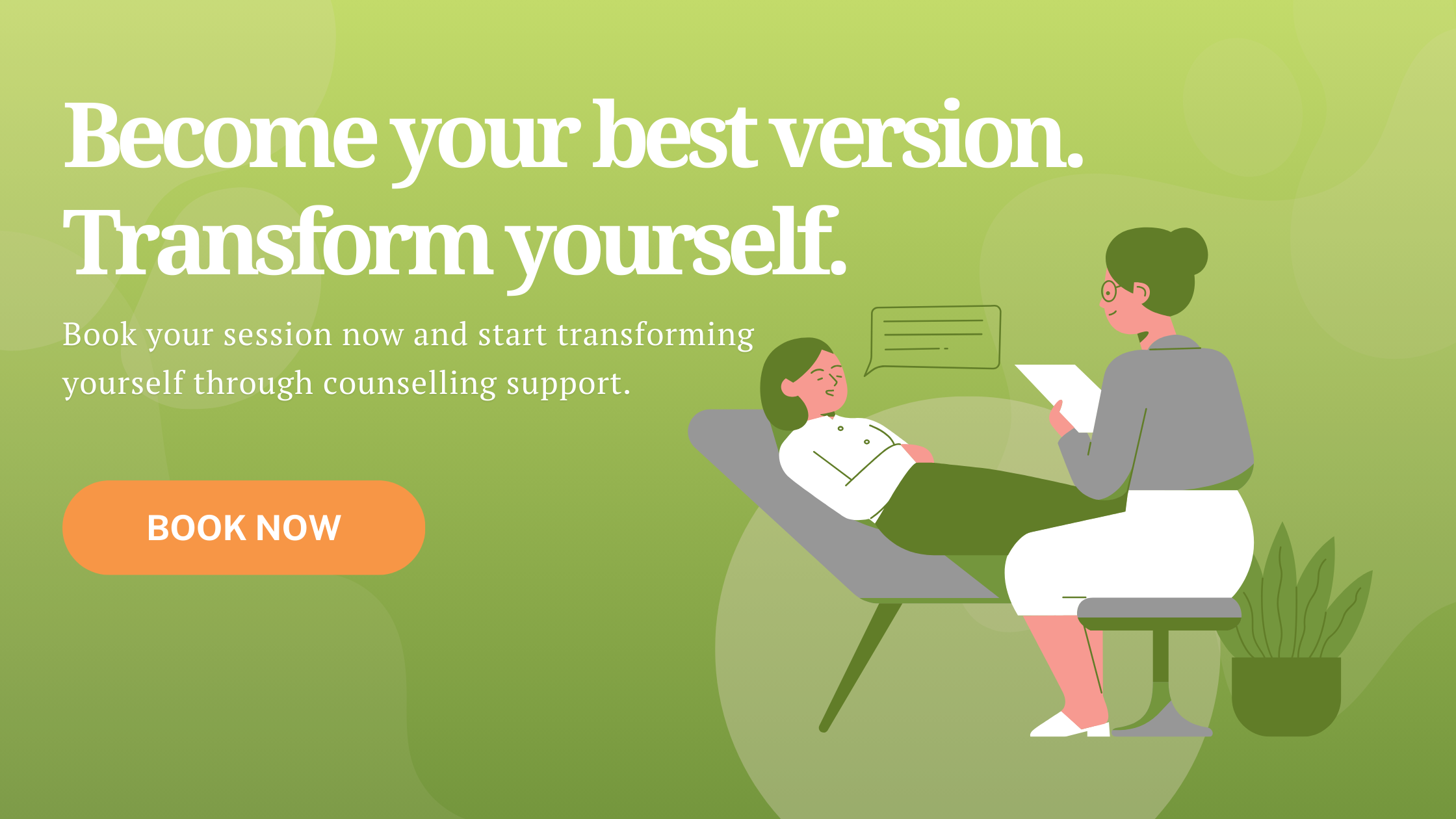
Assertive communication involves expressing your thoughts and feelings, your wants and needs in a direct and respectful way, knowing at the same time, that others have the same right. Assertiveness helps us be open in our communication and establish good relationships based on respect and honesty. Like any skill, assertiveness can be learned with practice.
In our previous blog post, we covered in detail what assertive communication is, compared it with two other common communication styles – passive and aggressive – and talked about its risks and benefits. But how exactly can you become more assertive? How to have that healthy confidence to stand up for yourself? What to do, what to say?
Here are 4 basic tips and principles that can help you on your way of becoming more assertive:
1. Recognize your values and your rights
Assertiveness is about standing up for your rights, beliefs, and values. It is about respecting ourselves enough to be OK with who we are and how we choose to live our lives. Thus, it’s important to define our values clearly and to realize that we have the right to live in line with them, as long as we do not violate the rights of others. When we are sure about our priorities and know we have the right to ask for what we want (which is not the same as necessarily getting it), practicing assertiveness becomes easier. Defining your core values and recognizing your assertive rights will help you make decisions with more confidence.
2. Practice saying NO
Rejecting someone’s request is uncomfortable for most people. However, learning to say no in a respectful way is necessary for setting healthy boundaries with others and with ourselves. A helpful first step toward feeling less guilty for saying no may be to recognize that you are rejecting the request, not the whole person, and that your wants and needs are as important as the wants and needs of others. In the end, practice saying no with the simple realization that you are going to feel uncomfortable. The whole point is to build tolerance to this discomfort.
3. Communicate clearly and respectfully
Assertiveness is a golden middle between passive and aggressive behavior. Thus, it is important to learn to express your wants and needs in a way that is direct enough, but not aggressive. The key is confidence and honesty with respect toward others.
While paying attention to the words you say, don’t forget to keep your body language in check. Assertive communication is marked by open body language – straight posture, relaxed facial expression, kind but firm tone of voice, and smiling. If you communicate passively, your body language will be closed, and stiff, and you’ll avoid eye contact. On the other hand, in an aggressive communication style, there is are frequent head shakes in disagreement, eye rolls, loud or threatening voices, and quick body movements.
If your tone of voice, facial expressions, and gestures are incongruent with the words you say, people will tend to believe non-verbal signs over your verbal message.
4. Take responsibility
It is important to keep in mind that everybody is responsible for their behavior. It is not your job to control how other people act or feel, but you are responsible for your actions and feelings. Nobody can make you behave or feel a certain way – other people choose their actions, and you choose yours.
So what does assertive communication look like in practice? How to phrase what you want to say without shying away or coming off as too pushy? This little cheat sheet of assertive communication may be helpful on that:
Step 1: Address the behavior, not the person
You can start by clearly describing specific actions that you are not OK with in a non-judgmental way. While doing this, it’s crucial to avoid pointing fingers and trying to induce feelings of shame or guilt in them. Describe the situation as you see it but try to be as objective as possible. Don’t exaggerate by using words such as always or never. For example, instead of saying “You are always late”, you may try saying something like: “You are 15 minutes late for the third time this week”.
One mistake that is often made in conflicts is labeling the person instead of addressing the behavior. When the focus is on what someone is perceived to be rather than the behavior they exhibit, the productive communication usually shuts down because the person feels attacked and in need to defend their character. Instead, talking about specific actions in a non-judgmental way increases the chances of the other person focusing on solving the problem instead of becoming defensive and feeling the need to protect their sense of self.
For example, instead of saying: “You are so selfish”, you may try with: “I think that this specific action you did was inconsiderate”. See the difference? Starting the conversation in this manner does not guarantee that the person will not get defensive at all, but it can decrease the chances of this happening and increase the possibility of coming to a positive result.
Step 2: Use “I statements”
Sometimes describing the behavior that you don’t like and asking for it to change is enough. However, it can often be useful to let the other person know how you feel and what you need in a particular situation. Express your feelings and needs clearly and openly that at the same time non-blaming and non-critical. While doing this, you should be careful to frame the communication from your perspective, describing how you feel.
Avoid focusing on the other person, or trying to blame them for how you feel. Instead, share your emotions and your needs in the context of their actions. For example, instead of saying: “You don’t help enough around the house”, you may say: “When you don’t help out with the housework, I feel overwhelmed”. This way, you take responsibility for your emotions (because don’t forget, nobody can make us feel the way we feel; we respond to what is happening according to our thoughts and beliefs), but simultaneously address the problematic behavior.
Note that, sometimes, these “I statements” can seem like emotions, but they are just about other people’s actions. For example, when you say something like: “I feel…manipulated, ignored, mistreated”, you don’t express genuine emotions. What you’re saying is: “You manipulate, ignore, mistreat me”, which is, again, describing another person’s behavior or, more precisely, how you understand their behavior. “You statements” can sound overly blaming and critical, which, again, moves the focus of communication from finding a solution to self-protection.
Step 3: Listen actively and put yourself in other people’s shoes
Just listening is not enough for good communication. We need to be actively listening. Active listening means that we are fully engaged in a conversation, that we are trying to truly understand the message the other person is trying to convey, and that we are putting effort into making the other person feel heard, understood, and safe to speak. This means that we will show interest in what the other person has to say by, for example, nodding, leaning forward, not interrupting them, etc.
The key is listening to understand, not to respond. When we are focused on what we want to say next, we are focused on ourselves, not on the other person. That can prevent truly hearing and understanding their message, which can further lead to misunderstandings, bitter feelings, and overall unproductive communication.
Trying to see things from another person’s perspective and to acknowledge how they understand the situation can be incredibly helpful in creating a productive dialog. It can make the other person feel heard, understood, and respected, which makes them more likely to listen to you openly, and less likely to get offended.
Step 4: Offer a solution
People can’t read your mind. You can state what you’d like to happen next or invite the other person for a discussion to find a mutually satisfying solution. You can say something like:
“Let’s…”
“I would like…”
“I think… What do you think?”
“I appreciate your concerns, what do you suggest we do? How can we get around this problem?”
 Putting it all together, here are some examples of assertive communication:
Putting it all together, here are some examples of assertive communication:
“This is the fourth time this month that I’m doing extra work because you have fallen behind. I understand that you are busy, and I want to be a team player, but I am under a lot of stress when this happens. What can we do to make sure this doesn’t happen again?”
“I completely understand what you are trying to say, but I will have to disagree. I see the situation this way. How can we find a common ground?”
“When you are late to our dates like you were the last three times, I feel frustrated because I need to wait. Also, I feel hurt because it seems to me like I am not a priority. I would appreciate it if you would respect my time and arrive promptly the next time.”
“I understand that you need my help, and I would like to help you, but I need to take care of myself today because I feel run down. How about tomorrow?”
“No, thank you” (Yes, this is perfectly fine to say, no need for excuses or explanations)
Assertive communication can feel stressful at first, especially if you’re used to another form of communication. Remember your assertive rights, take a deep breath, and dive into it. It becomes much easier with practice, and the benefits are numerous.
Do you find it difficult to communicate assertively? What are your experiences with this style of communication? Let us know in the comment section below. Additionally, be free to share this article on your social media; who knows, maybe someone will find it useful and gets inspired to improve their communication skills.
Interested in learning more about coaching or therapy? Contact us today.
Sources:
Duckworth, M. P. (2009). Assertiveness skills and the management of related factors. General principles and empirically supported techniques of cognitive behavior therapy, 124-132.
Duckworth, M. P., & Mercer, V. (2006). Assertiveness training. In Practitioner’s guide to evidence-based psychotherapy (pp. 80-92). Springer, Boston, MA.
https://www.abct.org/Information/?m=mInformation&fa=fs_ASSERTIVENESS





